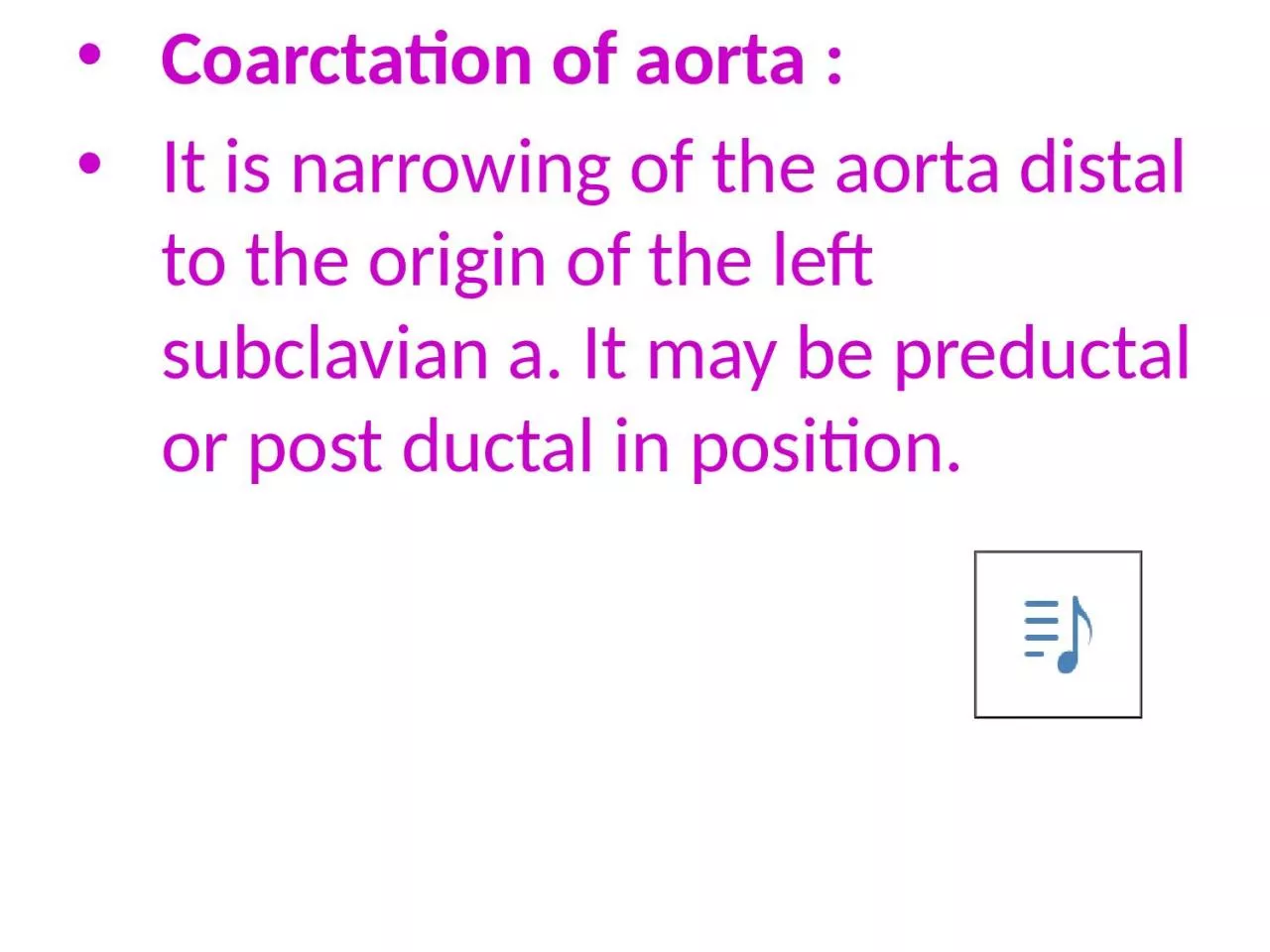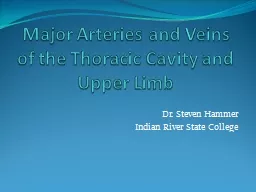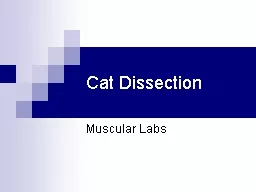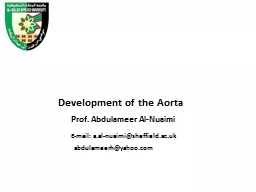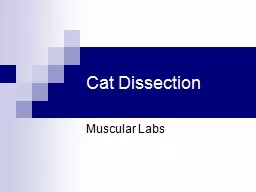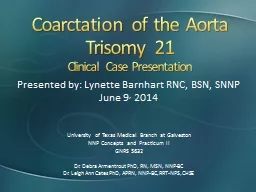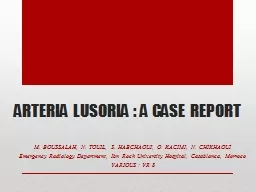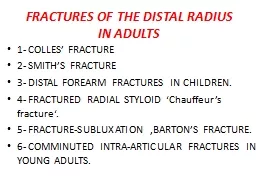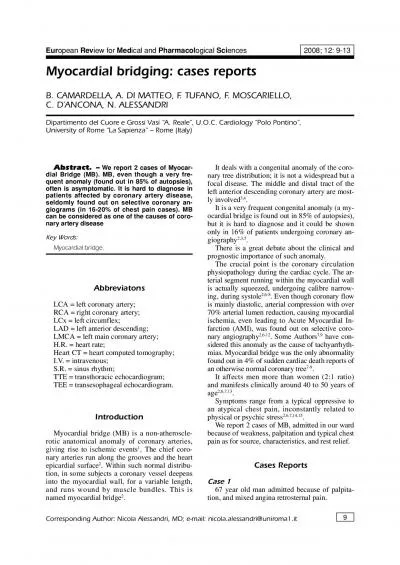PPT-Coarctation of aorta : It is narrowing of the aorta distal to the origin of the left subclavian
Author : margaret | Published Date : 2023-07-07
Abnormal origin of Rt Subclavian a It may originate from the distal part of the Rt Dorsal aorta amp the 7th intersegmental a ampso the Rt Subclavian a is found
Presentation Embed Code
Download Presentation
Download Presentation The PPT/PDF document "Coarctation of aorta : It is narrowing o..." is the property of its rightful owner. Permission is granted to download and print the materials on this website for personal, non-commercial use only, and to display it on your personal computer provided you do not modify the materials and that you retain all copyright notices contained in the materials. By downloading content from our website, you accept the terms of this agreement.
Coarctation of aorta : It is narrowing of the aorta distal to the origin of the left subclavian: Transcript
Download Rules Of Document
"Coarctation of aorta : It is narrowing of the aorta distal to the origin of the left subclavian"The content belongs to its owner. You may download and print it for personal use, without modification, and keep all copyright notices. By downloading, you agree to these terms.
Related Documents

